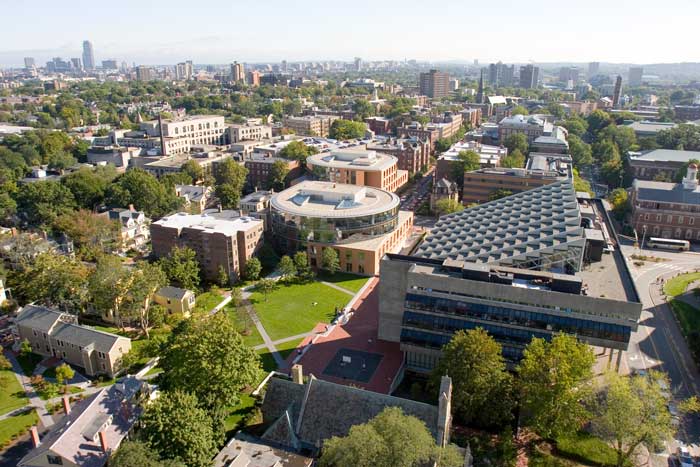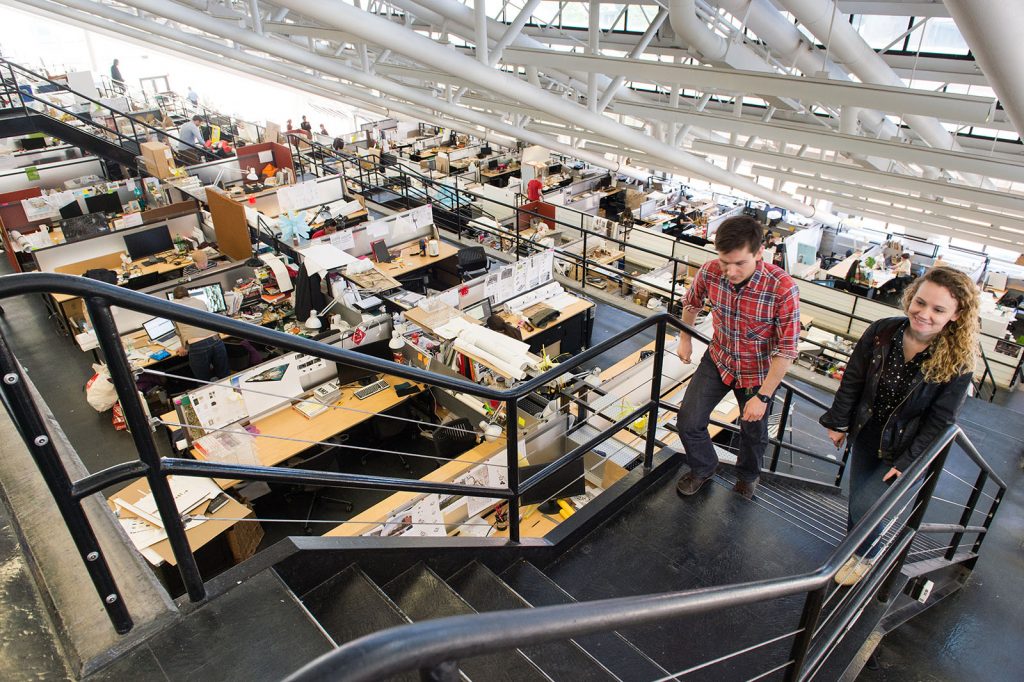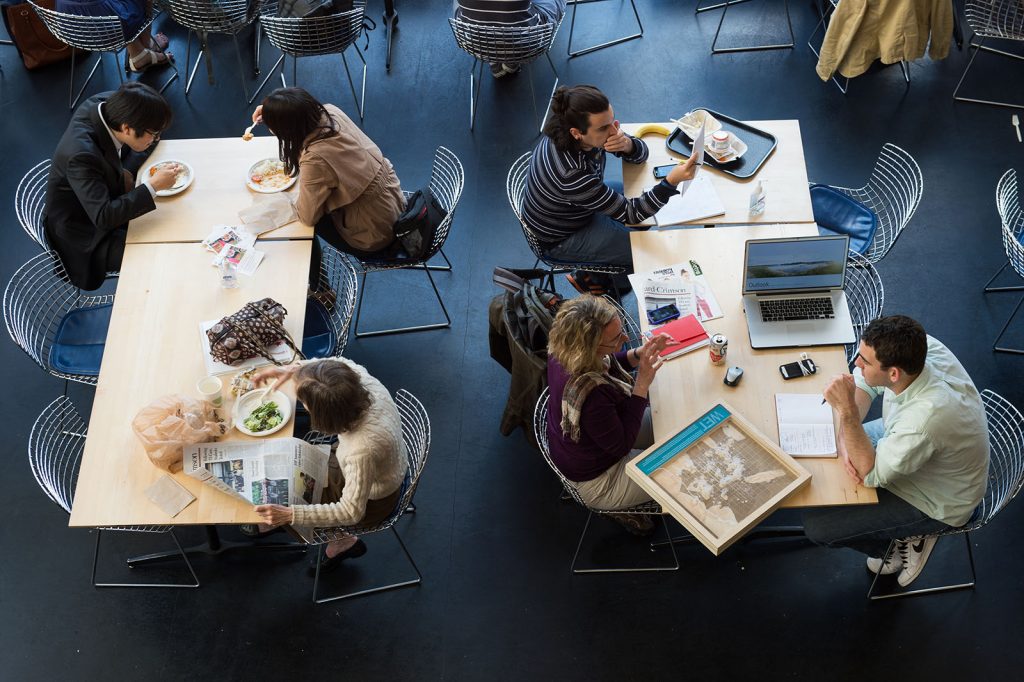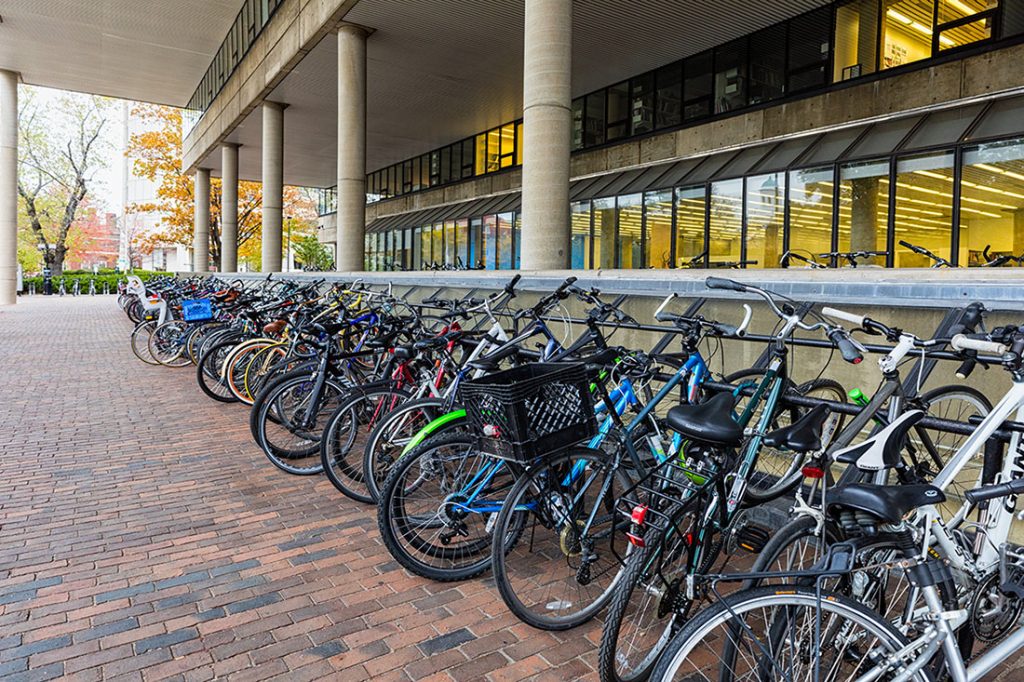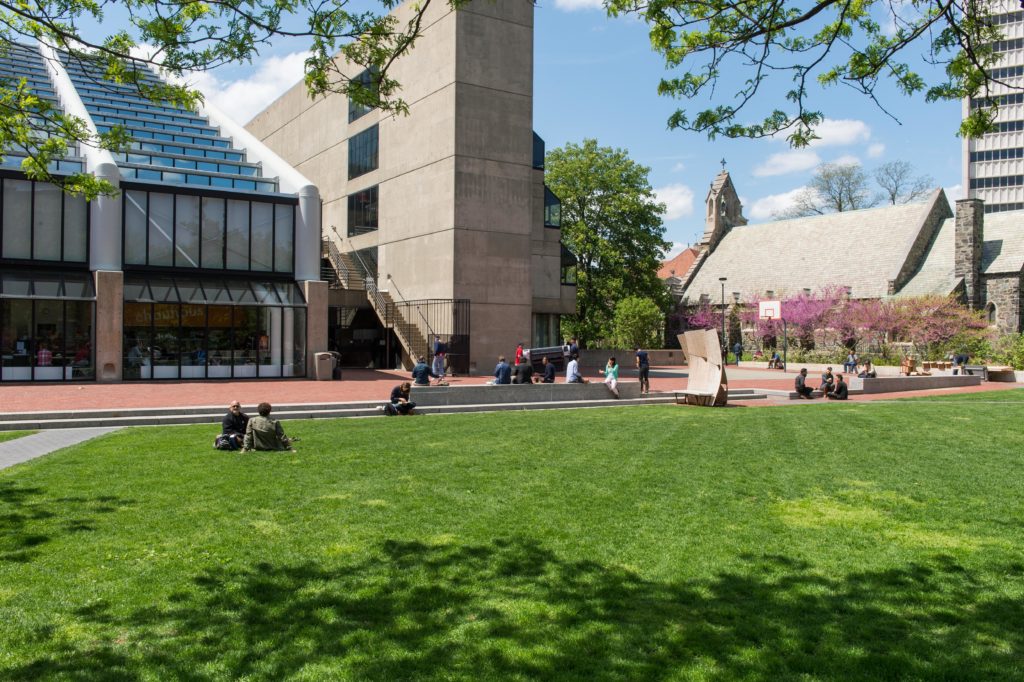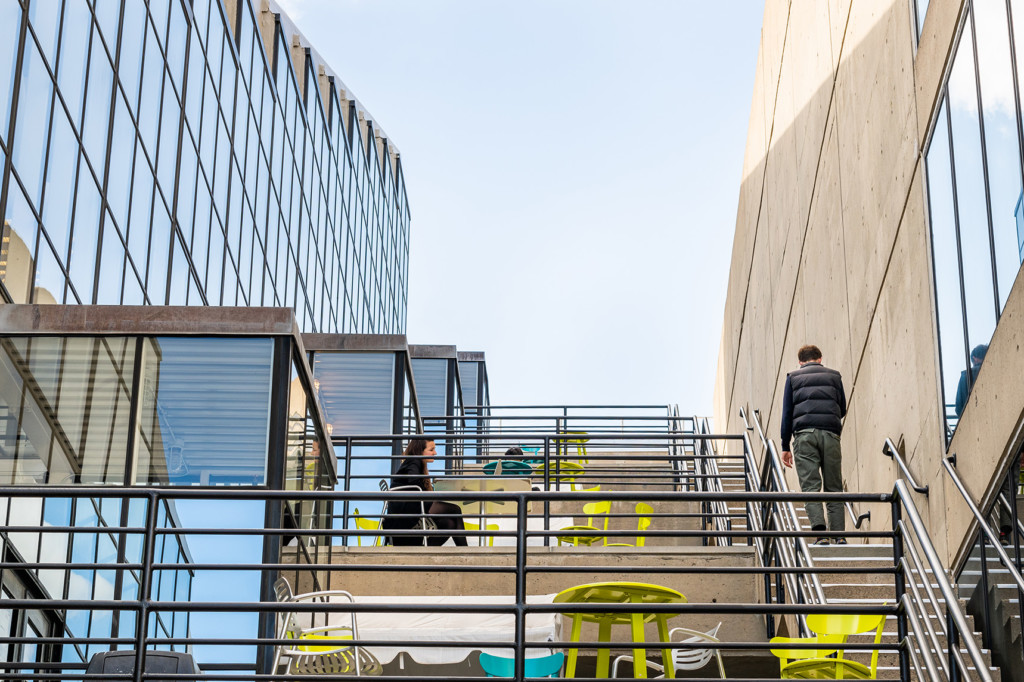GSD Campus
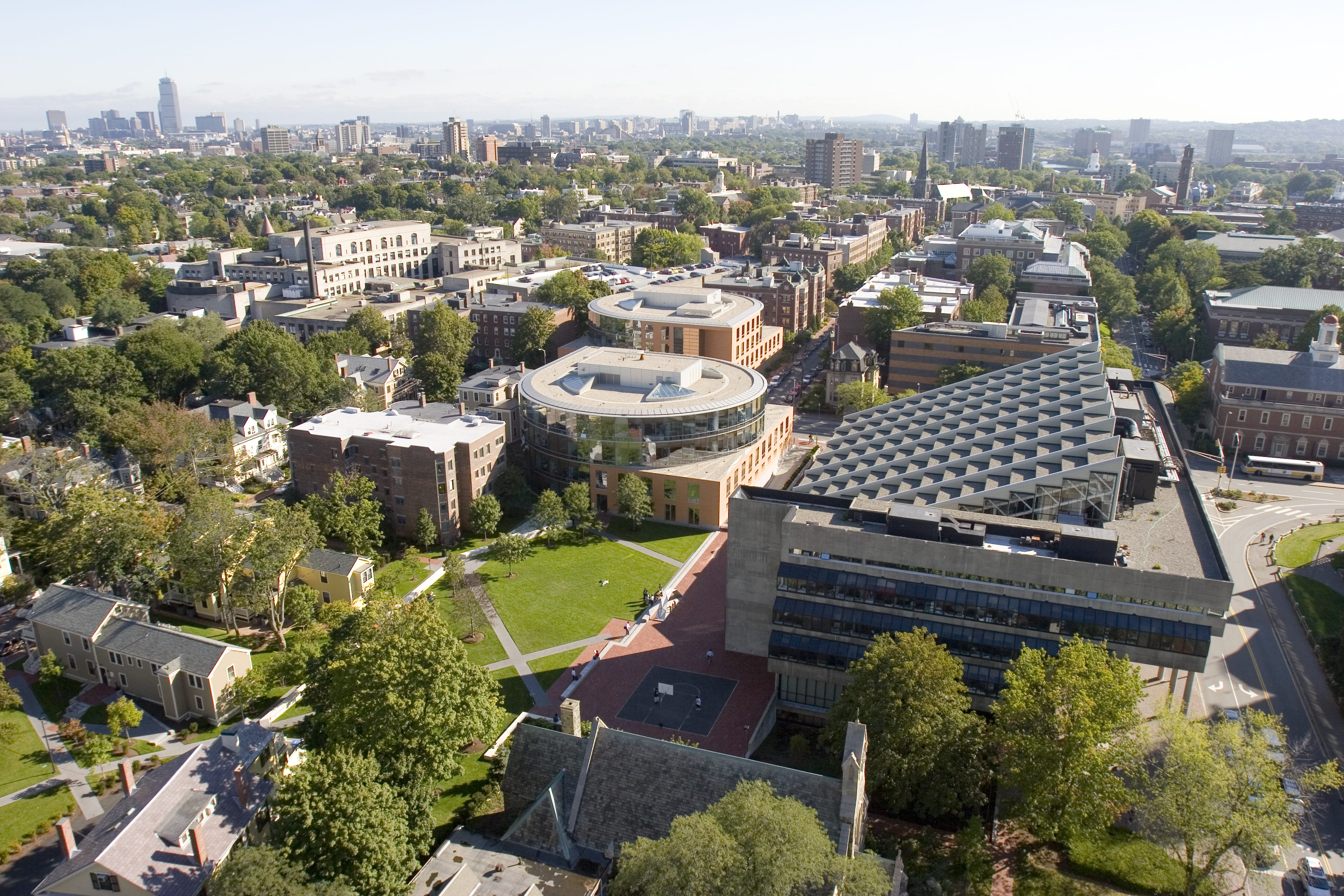
The GSD campus in Cambridge, Massachusetts includes Gund Hall at 48 Quincy St., 485 Broadway, the Center for Green Buildings & Cities (or House Zero) at 20 Sumner Rd., 7 Sumner Rd., and 40 & 42 Kirkland St.
Our Buildings & Spaces
-
Gund Hall
Designed by Australian architect and GSD graduate John Andrews, Gund Hall opened in 1972. The dramatic facade and glass surfaces make an eloquent statement about the design excellence and creativity for which the school is known.
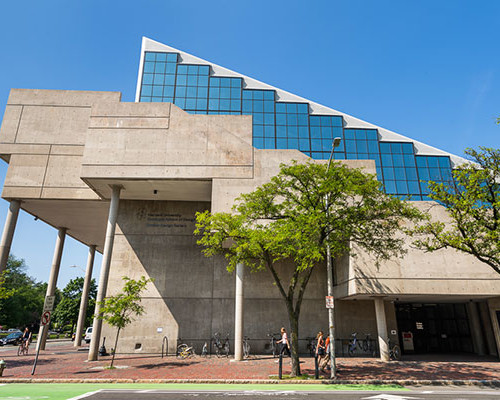
-
Chauhaus
Tucked into a sunny corner a few steps down from the trays, Chauhaus is the place to grab a bite to eat and is used for informal meetings between faculty and students, student groups, and events.
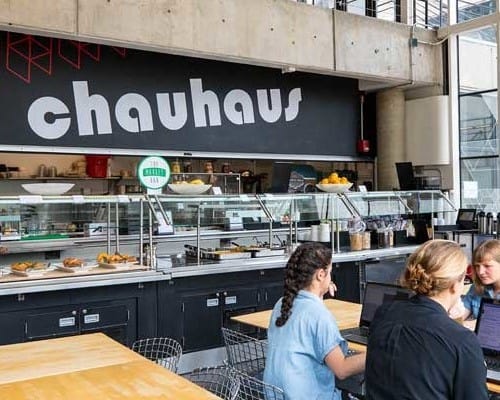
-
The Back Yard
Visible from Chauhaus is the Back Yard, where GSD students study, eat lunch, and chat. A great venue for events, it is bordered by 7 Sumner, CGIS North, The Swedenborg Chapel, and other Harvard properties.
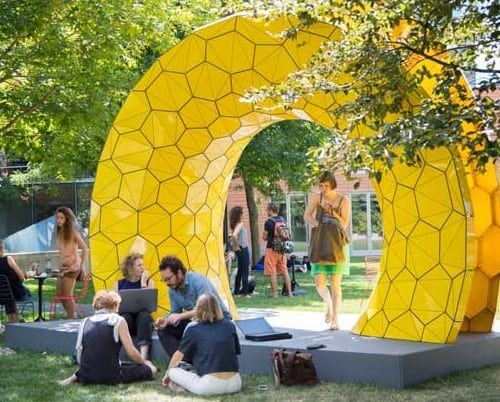
-
485 Broadway
485 Broadway was once part of the Harvard Art Museums and houses a GSD studio space, workrooms, faculty offices, common space, and classrooms. The fabulous Harvard Art Museums, free to Harvard ID holders, are just a short walk down Quincy St.
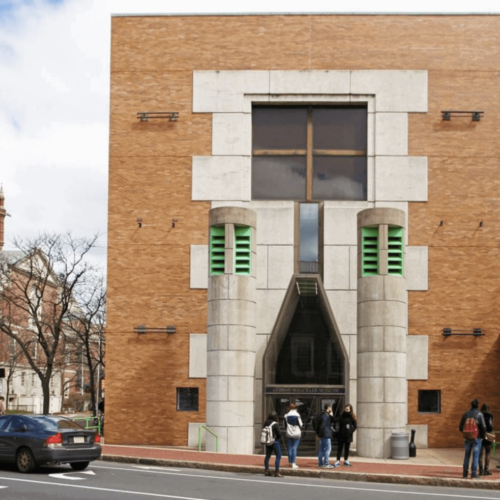
-
7 Sumner Road
7 Sumner is home to Career Services, Enrollment Services, various administrative offices, community spaces, and seminar rooms.
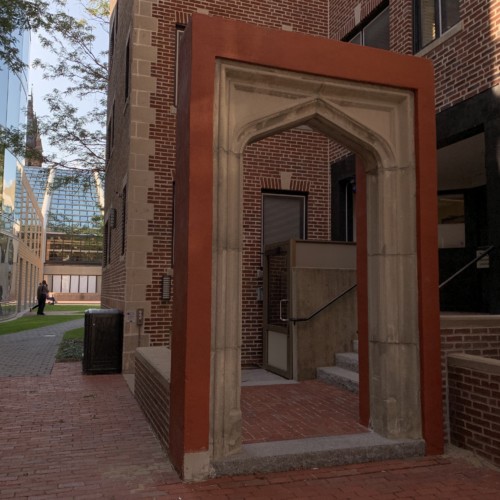
-
The Houses
The houses at 40 & 42 Kirkland contain the MDes/DDes program offices, Kirkland Gallery, research labs, faculty offices, and classrooms. HouseZero at 20 Sumner houses the Center for Green Buildings & Cities.
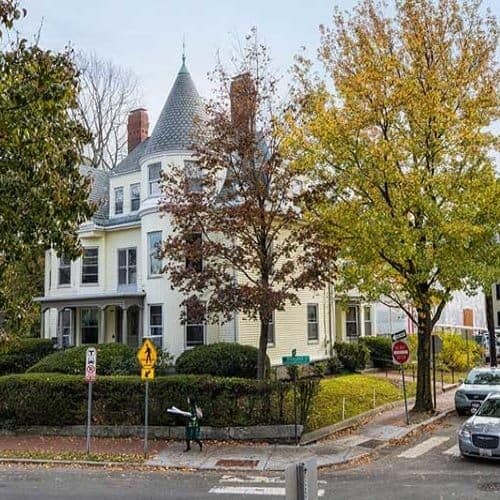
Student Spaces
Studio Desks
If you’re in a studio-based program, you’ll get a desk in “the trays.” The basic layout for desk spaces is a cubicle with two desks, one for you and one for your “buttmate” (a colloquial term used to describe two students who sit back-to-back in their shared cubicle space). From minimal to cluttered, your GSD desk space is your space to do with as you wish. Desk arrangements include a computer-height surface and an under-desk storage locker, castered and topped with a cutting mat.
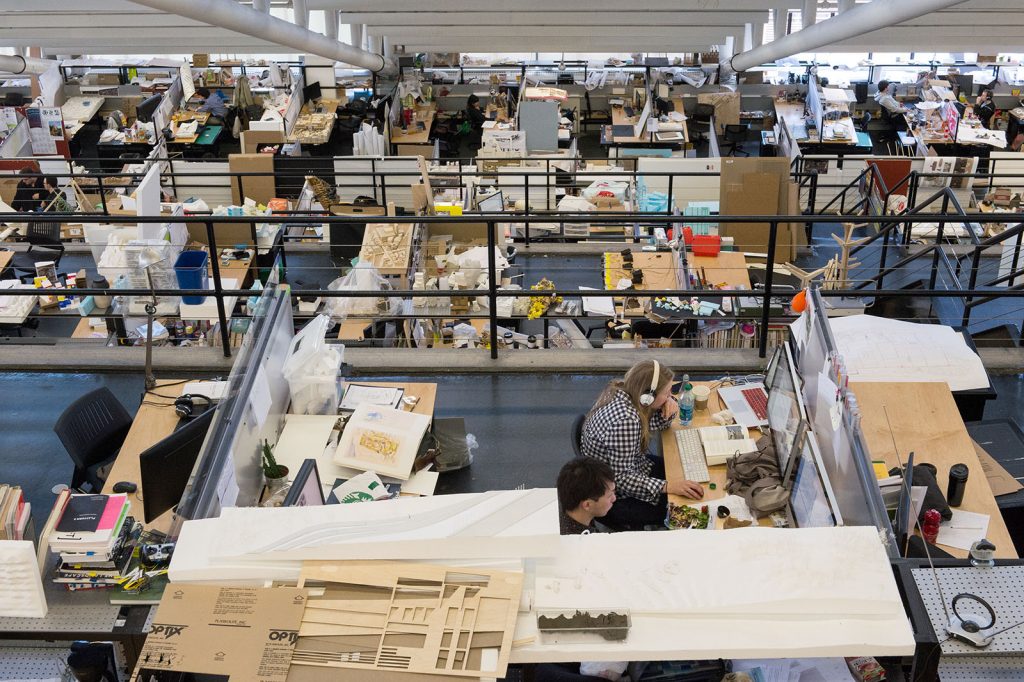
Loeb Library
The Frances Loeb Library provides the GSD, the larger Harvard University community, and the public with resources and services for design research, teaching, and learning. This is accomplished through collections, print and digital, related to the design field and through Research and Teaching services. Research and Teaching services include consultation, research guides, and writing, mapping, & GIS resources. Drop-in hours, workshops and events are scheduled throughout the academic year and contribute to the library’s role as a place of refuge and support for GSD students.
Student Exhibition Space
In addition to participating in more formal exhibition events, students may apply to exhibit work in one of two student-run exhibition spaces. The Kirkland Gallery is a small gallery space curated by a student group, and the Gund Second Floor Exhibition Wall provides an experimental space on which to display works in progress, recent collaborations, competition submissions, and other creative content that could have otherwise gone unseen.
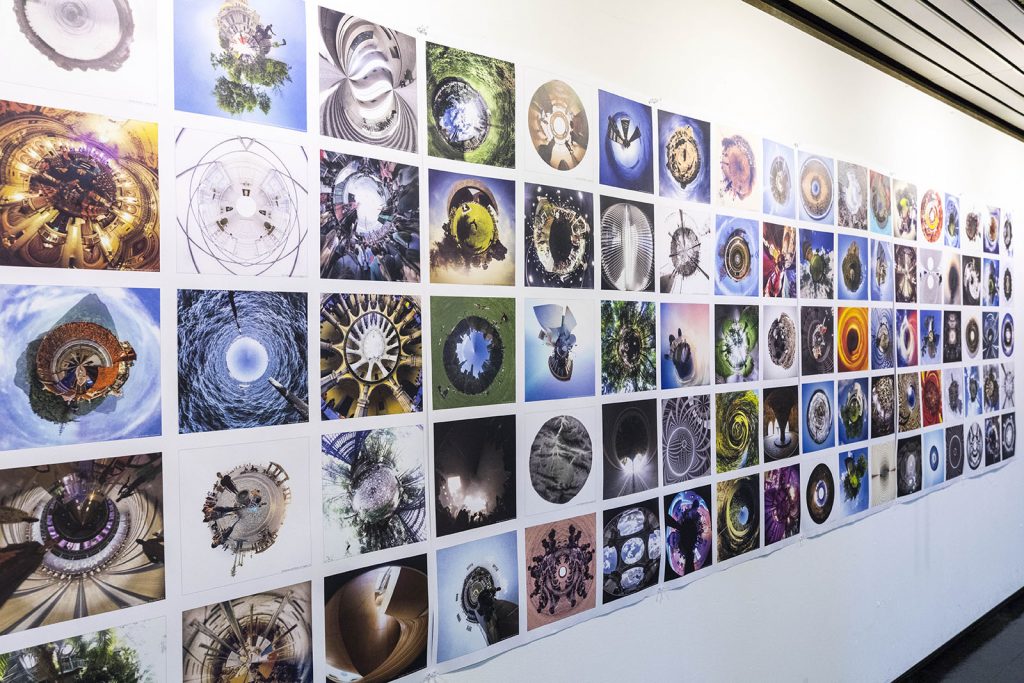
Kirkland Gallery is student-run and occupies two rooms on the first floor of 40 Kirkland house. All GSD students are invited to submit proposals for exhibitions and other events. In addition to work produced at the GSD, the gallery also welcomes projects pursued elsewhere.
Photo Lab
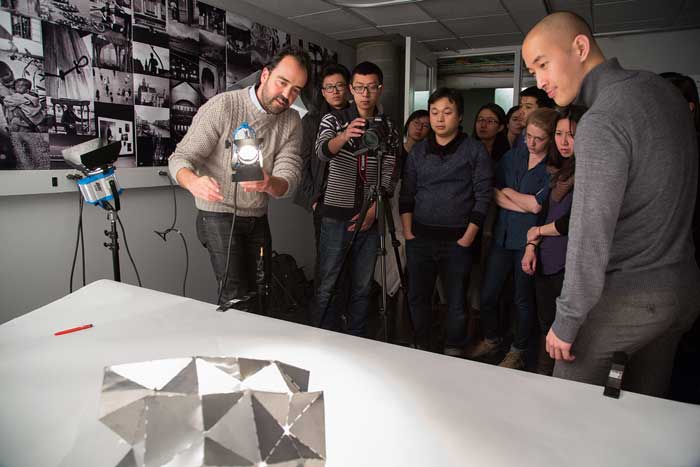
A shared multi-function space, the room is furnished with black and white backdrop paper, as well as a Manfrotto Mini Salon which can function as a tripod. Cameras, tripod plates, and additional LED lighting kits are available to be checked out from the Loeb Library Circulation Desk.
Fabrication Lab
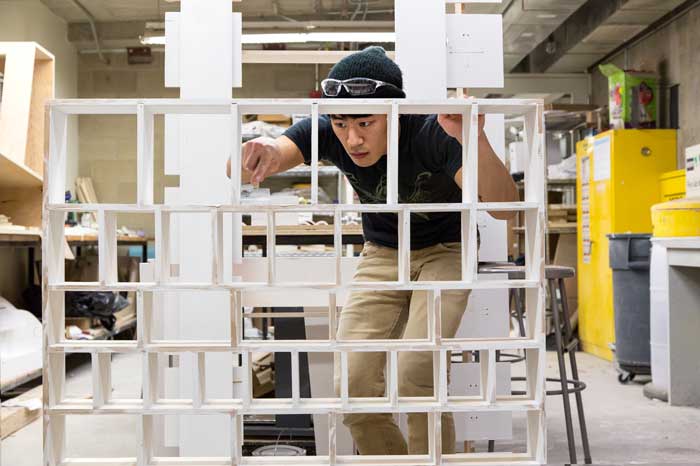
Experimentation with materials, prototyping, testing, physical mock-ups, and the exploration of new fabrication processes are integral parts of design culture at the GSD. In support of these pursuits, the Fabrication Lab makes available a wide range of equipment capable of giving shape to a variety of materials. A team of professional staff and over 100 student employees are available to offer guidance and support across a range of materials, tools, techniques, and associated software.
Historically the most-used area of the Lab contains the laser cutters, but in recent years the 3D printers (over 120 self-serve FDM printers and one multi-material polyjet printer) and two Zund cutting systems are surpassing them in popularity. Despite a fully computer-dependent curriculum, the Wood Shop and Metal Shop retain their value in promoting tactile learning and in preparing, assembling, and finishing materials processed in other areas of the Lab. The CNC Router and tools of the Machine Shop complement these spaces in facilitating precise manipulation of the same family of materials. The Project Room, Spray Room, and hotwire foam cutters (two locations within Gund Studio for cutting polystyrene foam) provide additional capabilities and are accessible 24 hours.
As a convenience, the Lab Store provides access to a limited number of consumable model-making materials and tools: chip board and acrylic sheets cut to laser bed size, museum board and bristol, polystyrene foam, glue, and 3D printing consumables. Purchases are paid by credit card online, in advance, for daily pick-up.
As a counterpoint to the resources for making, the Fabrication Lab also makes available hardware for 3D scanning (a David SLS-3 HD structured-light scanner equipped with turntable and dual camera, and an Artec Eva handheld structured-light scanner both allow an object’s color, texture and shape to be translated into a digital model) and experiencing digital assets in extended reality (hardware includes a Microsoft HoloLens 2 for mixed-reality engagement, Azure Kinect DK for spatial computing with computer vision and sensors, and Oculus Quest 2 VR headset).
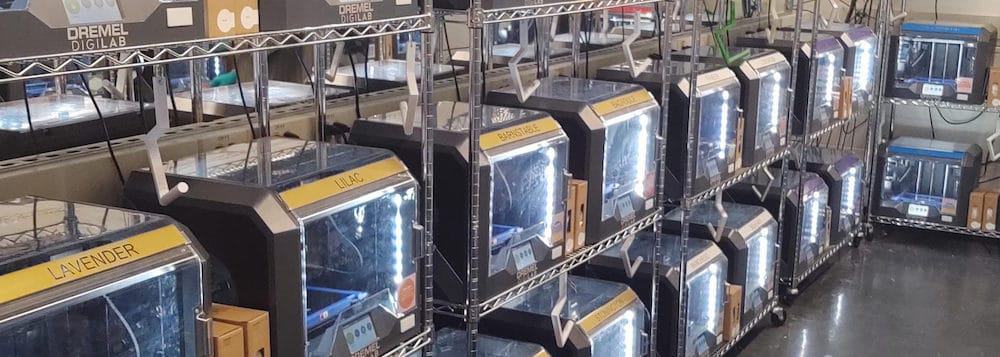
A View of Campus
